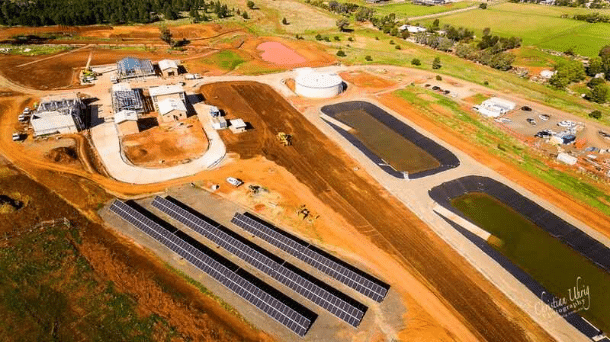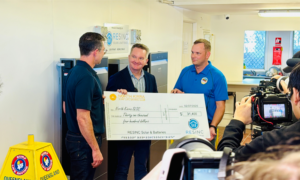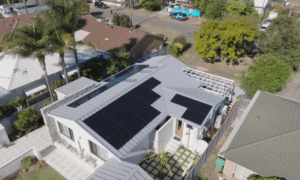Parkes Shire Council in NSW wants to build on its existing solar assets and develop the shire’s own virtual solar network.
This would allow the council to sell solar power generated at one site to other council-owned buildings which lack a renewable power source.
This would then create the council’s own electricity grid within the existing sub-station or larger regional energy network.
The innovative strategy requires an investment of $100,000 to investigate feasibility, costs and design of the proposed solar network expansion.
Parkes Shire Council voted at its February meeting to spend the money on growing current solar assets. This would also involve assessing the viability of a virtual network and further quotes for solar installations.
Parkes Shire seeks to ‘future-proof’ council assets
Since 2011 Parkes Shire Council has invested heavily in solar panels. It now generates power at the council depot, pool and two large sewer and water infrastructure projects.

The council views expansion of the solar network as future-proofing of existing assets and energy production. It was therefore recommended at the February meeting that council develop a sustainability strategy based on virtual net metering and energy optimisation across all council sites.
It was also suggested the $100,000 required for feasibility investigations be pro-rata funded from within the Water and Sewer Funds. The business case includes:
- Design and installation of solar power systems to allow for future expansion.
- Incorporation of ‘smart design’ principles to maximise efficiencies.
According to council’s Director of Works and Services Ben Howard, the shire is looking to the future in terms of solar technology and storage batteries.
“If we can produce a large amount of solar we can put in place a virtual network which is something relatively new to the industry,” he told the meeting.
What a virtual solar network means for Parkes
Mr Howard gave the example of the council administration building. This has 100 KW of rooftop solar panels creating significant amounts of power over the weekend when no one is around.
Using the virtual network, the admin building could then sell excess energy to other council sites which did need weekend power.
According to Mr Howard, the administration block’s solar energy system has generated 680 MW of electricity over its lifetime. This is around $122,000 worth of power.
A standard business tariff would then double this, creating a $240,000 offset on operational energy costs alone. This would also offset about one-third of total council energy use.












































